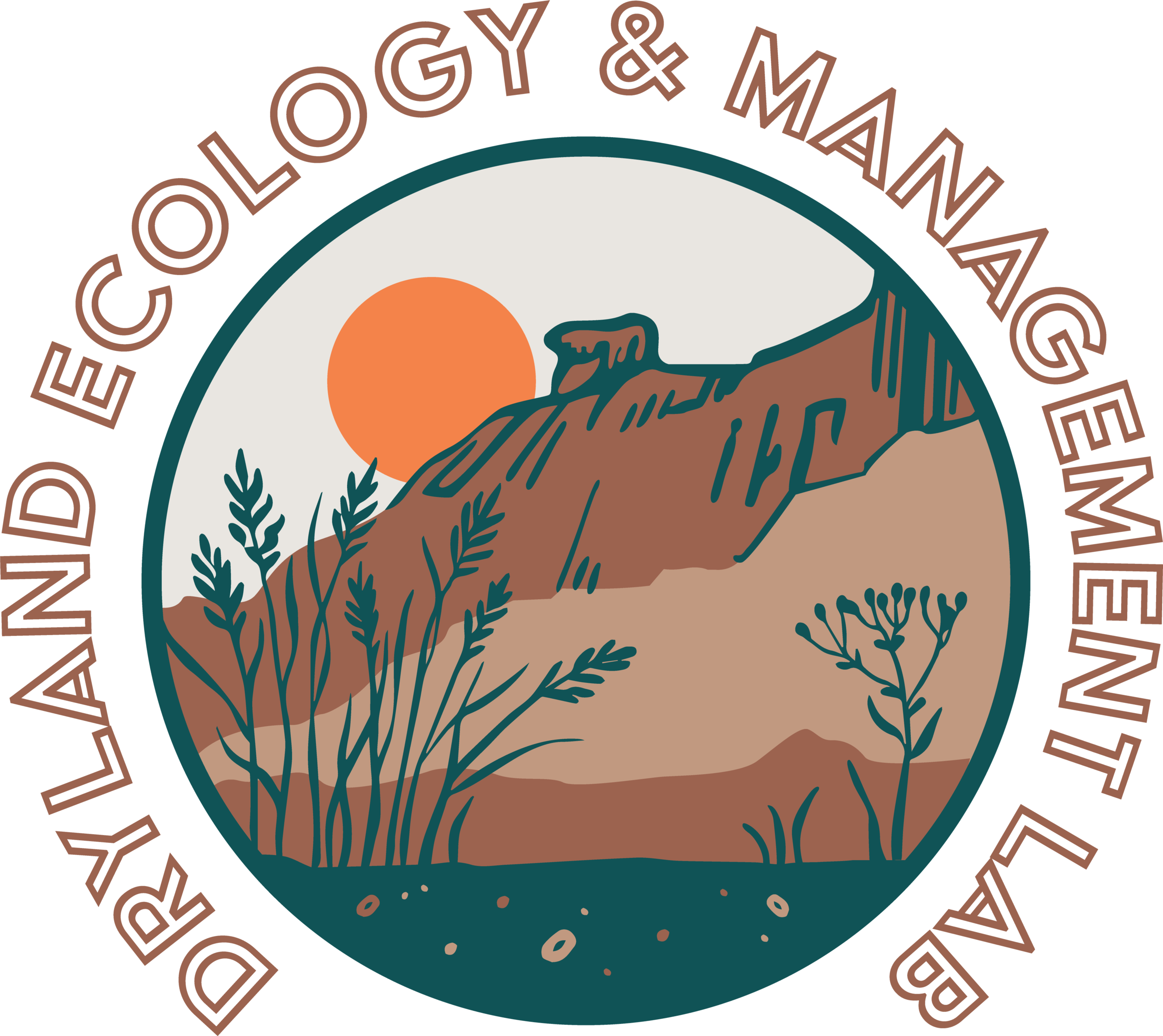Trait-based approaches to improve success of dryland restoration in the US Conservation Reserve Program
About the project
There is growing concern about the status and trends of pollinators across U.S. dryland ecosystems. The U.S. Farm Service Agency’s Conservation Research Program (CRP) CP-42 program seeks improve the quantity and quality of pollinator habitat. However, establishing these forb-rich plantings in dryland regions is difficult and plantings frequently fail to meet the program objectives.
We are collaborating with researchers at the USDA-Agricultural Research Service (ARS) to investigate what seeding strategies and functional trait-based approaches support the establishment of pollinator-friendly plants across CRP plantings across drylands of the western U.S.
Major questions
Question 1
How do field preparations and seeding rates influence pollinator-friendly seed mix recruitment in the face of drought and weed limitation?
Question 2
How can plant functional traits be used to improve understanding of past CRP outcomes and inform strategic seed mix design?
Collaborators
Lauren Porensky, USDA-ARS
Rangeland Plant Ecologist, project Co-PI.
John Hendrickson, USDA-ARS
Rangeland Scientist, project Co-PI.
Drew Scott, USDA-ARS
Research Agronomist, project Co-PI.
Team members
Mary Van Dyke
Mary is a postdoc leading cross-site syntheses and experiments using trait-based approaches to improve understanding of CRP seedling success.
Nora Bales
Nora is a PhD student in the lab working on the CRP pollinator seeding project as part of her dissertation.
Amy Gill
Amy is a PhD student in the lab working on the CRP pollinator seeding project as part of her dissertation.



